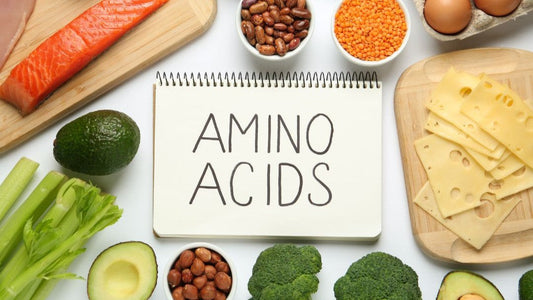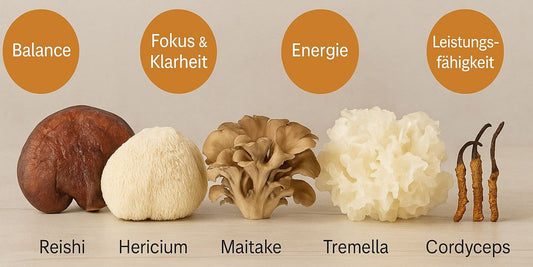Hello dear readers! In this blog post, we will be looking at an important topic: the bioavailability of vitamins and minerals. Bioavailability refers to how well our body can absorb and utilize nutrients from food. We'll explore different ways you can improve the bioavailability of vitamins and minerals to get the most out of your diet. Are you ready to dive into the world of nutrient absorption? Then let's get started!
What is bioavailability?
Bioavailability refers to the proportion of a nutrient that can be absorbed and utilized by the body. It is influenced by various factors, including the chemical form of the nutrient, the food matrix, individual metabolic processes and possible interactions with other nutrients.
Tips for improving the bioavailability of vitamins and minerals
Combine different nutrients: Combining certain nutrients can improve absorption and utilization. For example, combining vitamin C (e.g. citrus fruits) with iron-rich foods (such as spinach or pulses) increases iron absorption.
Avoid excessive heat and long cooking times: Excessive heat and long cooking times can lead to a loss of vitamins and minerals. Therefore, try to use gentle cooking methods such as steaming or brief sautéing to preserve the nutrient content of your food.
Use acidic or fermented foods: Acidic or fermented foods such as yoghurt, sauerkraut or vinegar can improve the absorption of minerals such as iron, zinc and calcium. They aid digestion and promote the release and absorption of nutrients from food.
Note the interactions of nutrients: Some nutrients can affect each other, either positively or negatively. For example, taking calcium and iron at the same time can reduce the absorption of both minerals. It is therefore important to pay attention to possible interactions between different nutrients and, if necessary, to consider separating intake over time.
Supplement with suitable food supplements: In some cases, supplementing with certain food supplements can be useful to improve the bioavailability of certain vitamins and minerals.
Did you know that synthetically produced vitamins are usually identical in their chemical structure to naturally occurring vitamins from traditional foods? Therefore, our body cannot differentiate between the two vitamins. They are the same for the body and are used by it in the same way. Only rarely does the synthetic compound differ from the natural form. There is only one exception: vitamin E. Here, not only the structure but also the effect of the synthetic form differs from the natural form: This is taken into account accordingly in the dosage of the product.
A balanced diet as a basis:
It is important to emphasize that a balanced diet is the basis for optimal nutrient absorption. By eating a varied selection of fresh fruit, vegetables, whole grains, lean protein and healthy fats, you can ensure a wide range of nutrients that are more easily absorbed.
Conclusion: The bioavailability of vitamins and minerals is crucial for the optimal utilization of the nutrients we consume. By combining different nutrients, avoiding excessive heat, using acidic or fermented foods, considering nutrient interactions and supplementing with appropriate supplements where necessary, you can improve bioavailability and realize the full potential of your diet. Remember that a balanced diet is always the best foundation.
Are you still looking for your perfect, customized vitamin supplement that is tailored to your needs?
Simply answer the 15 questions in the online analysis and receive your customized formula.




